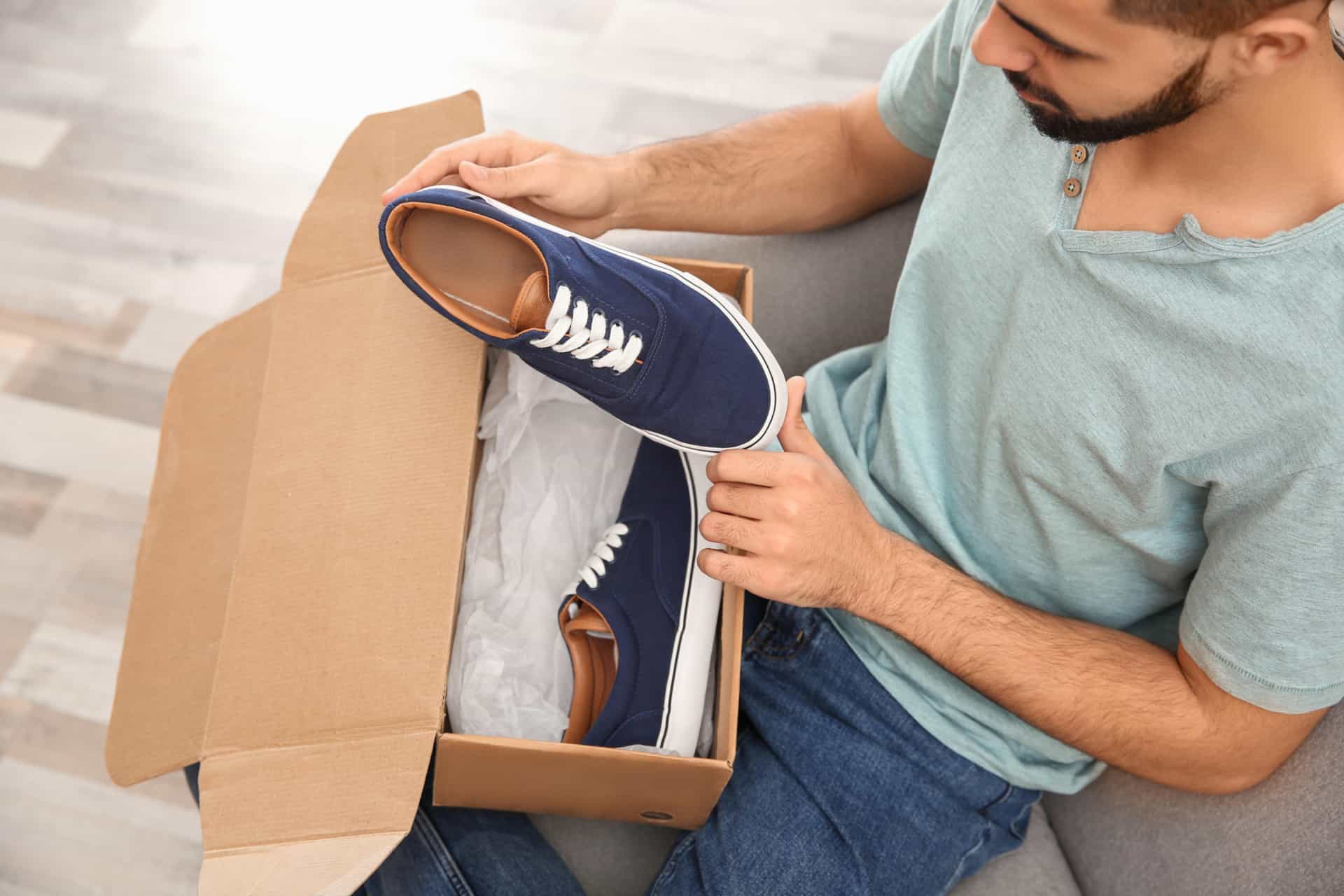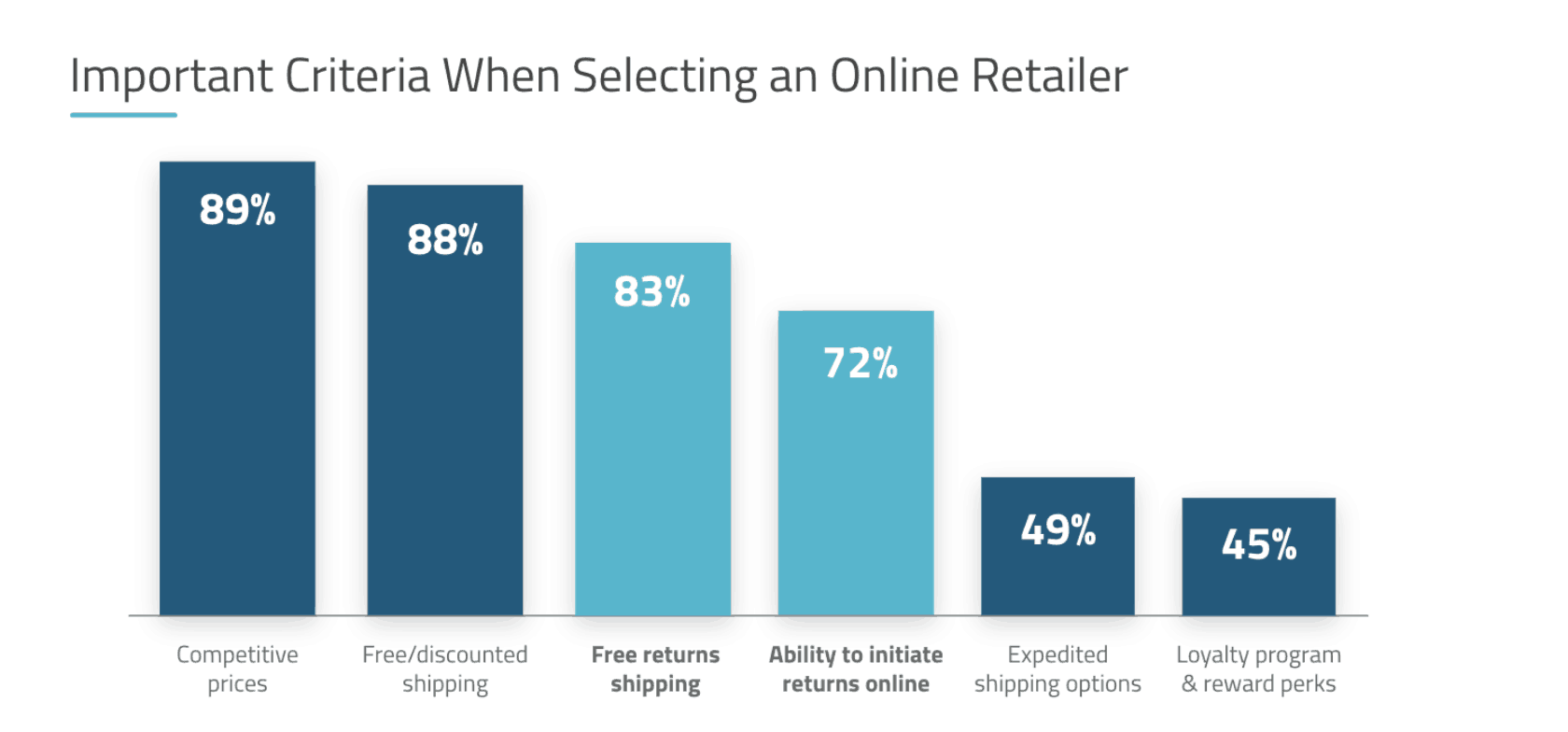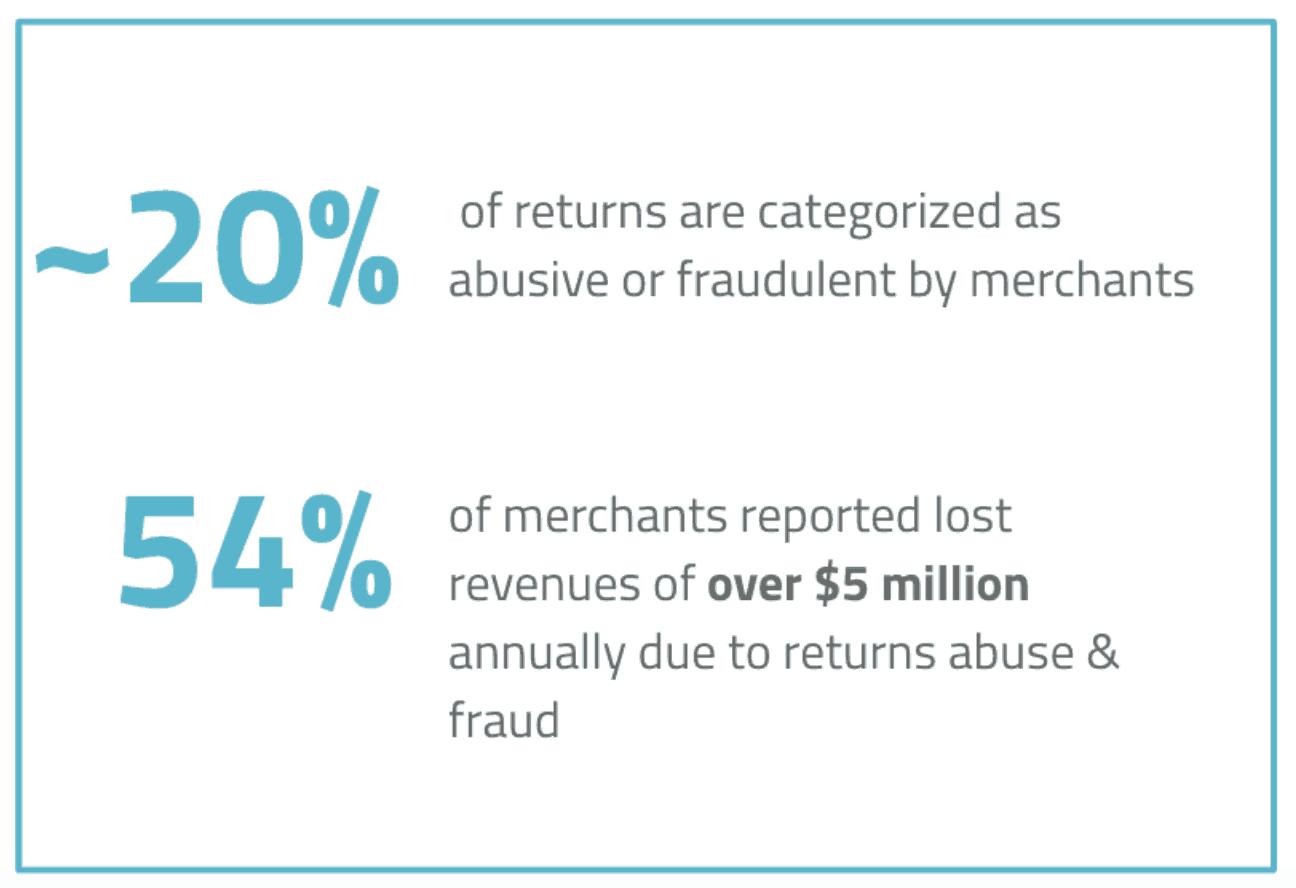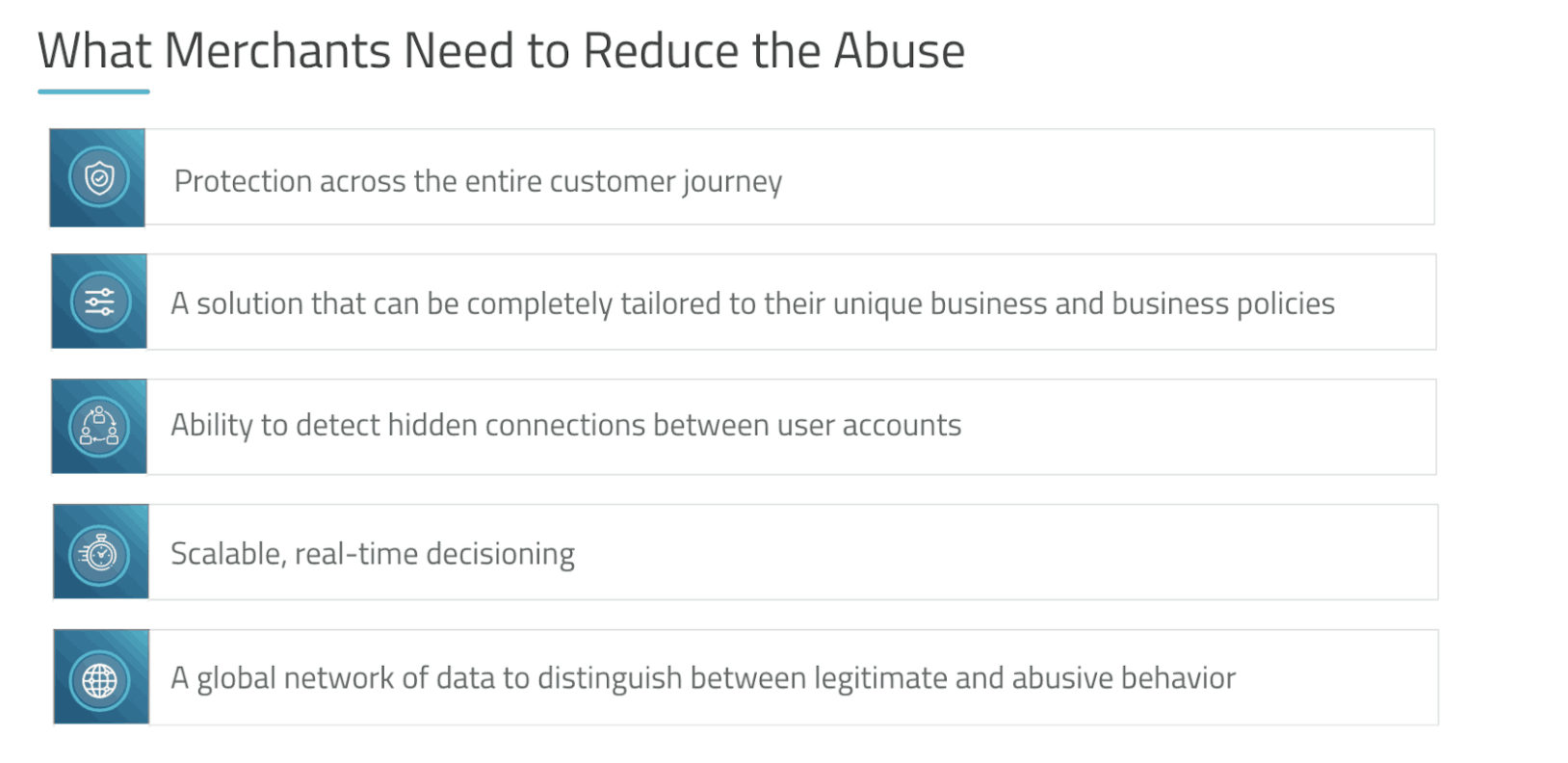During Forter’s Next in Commerce four-part webinar series, we will be showcasing new learnings and insights on the topic of Returns Abuse.
The first part of our series featured The Current State of Returns. In this session, we revealed:
- Learnings from new consumer and merchant research on returns (and returns abuse)
- Details on the current state of returns in retail
- How both consumers and merchants are thinking about the returns experience.
Customers today want easy, seamless returns experiences, and in-store and online returns options are becoming a bigger requirement for consumers.
-
-
- 80% of shoppers are deterred by inconvenient return policies and expect free returns shipping
- 72% of consumers say that the ability to initiate returns online is very important
- 23% f shoppers will abandon their shopping carts due to poor returns options
-
Flexible returns policies are no longer the exception, but the rule. Your returns policy helps determine how and where consumers shop. Items that customers most frequently return include:
- Apparel & Accessories (55%)
- Electronics (10%)
- Health and Beauty (9%)
For many retailers, staying competitive in a crowded market means meeting the rising norms of consumer expectations.
While flexible returns options are becoming a bigger requirement for consumers, these offerings are also becoming a bigger target for abuse.
Returns Abuse is different from fraud. Instead of being perpetrated by cybercriminals, returns abuse occurs when good customers (or those who may look like “good” customers) take advantage of a merchant’s program or policies for their own gain. And it’s a huge problem for retailers. Return abuse costs US retailers an estimated $24B annually.
The tension between offering customer-friendly returns offerings while accurately identifying and preventing abusive behaviors has proven a struggle for merchants. Research indicates that merchants are either unaware of the true costs of returns abuse or have awareness of the issue, yet are not equipped to adequately combat it on their own.
- 58% of merchants say that reducing returns abuse is a high priority
- However, only 17% of merchants say that they’ve taken major steps to address returns abuse and fraud
For merchants to protect their business, they must ensure that they can accurately identify returns abuse (especially when abusers are trying to hide their identity) and effectively enforce their business policies. Current approaches – which include manual reviews, rules-based tools, or restricting returns programs or policies – are not enough to tackle more sophisticated kinds of abuse or repeat offenders. Instead, merchants need to have the right tools and approach to successfully combat returns abuse.
To learn more about how returns abuse may be impacting your business, what trends experts in retail are seeing, and how to better protect your business from abuse, tune in to the rest of our upcoming webinar series.






